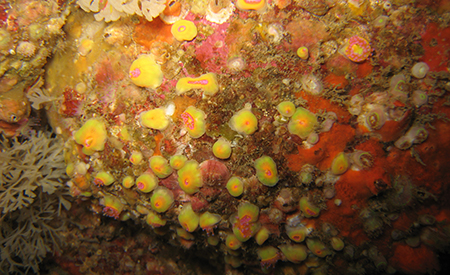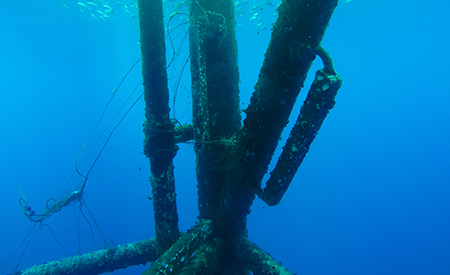Ocean thermal energy
Type of resources
Available actions
Topics
Keywords
Contact for the resource
Provided by
Formats
status
-

Database of images collected at ABIOP monitoring sites (UTLN = Mola buoy offshore Banyuls, SEMREV = special marks east and north, UN = biocolmar buoy) + report on biofouling characterisation (rapport_taxo_ABIOP_provisoire)
-

Report on the assessment of the chemical risk of aluminum-based galvanic anodes on the environment
-

The main objective of this atlas is to summarise the knowledge acquired on biofouling, and more generally on communities of living organisms on hard substrates, available today in mainland France and the French overseas territories, in order to anticipate the issues that this phenomenon will pose in an ORE context. The atlas is based on the most exhaustive bibliographical analysis possible, including A-level scientific articles, reports (training courses, monitoring, studies), and works presenting the results of studies conducted in French waters
-

Review to identify the state of knowledge on anodes and their environmental impact. Report serving as a basis for further work (deliverables 3 and 4)
-

Configuration of the ocean model and biogeochemical modules
-

The macrofouling qualification and quantification protocols were extracted from 64 public documents (33 scientific articles, 1 book chapter, 22 internal reports, 4 internship reports and 4 theses) presenting studies conducted in France (n = 40), Europe (n = 16) and the world (n = 8).
-

Monitoring data on biomass (fresh weight in air and water), biovolume, thickness.
-

Synthesis of existing data for the modeling work to follow (modeling in the deliverables of lot 3)
-

The objective of the ABIOP project was to develop biofouling characterisation and quantification methods to make the design and maintenance of ORE systems more reliable. ABIOP has identified the research needs that will enable better identification and management of the risks relating to the ORE components most sensitive to biofouling. Initial in situ measurements were also carried out to characterise biocolonisation in the Atlantic and Mediterranean from an engineering and environmental point of view. The necessary additional studies are being carried out within the framework of the ABIOP+ project.
-

Comparison of multiparameter probes
 Catalogue PIGMA
Catalogue PIGMA